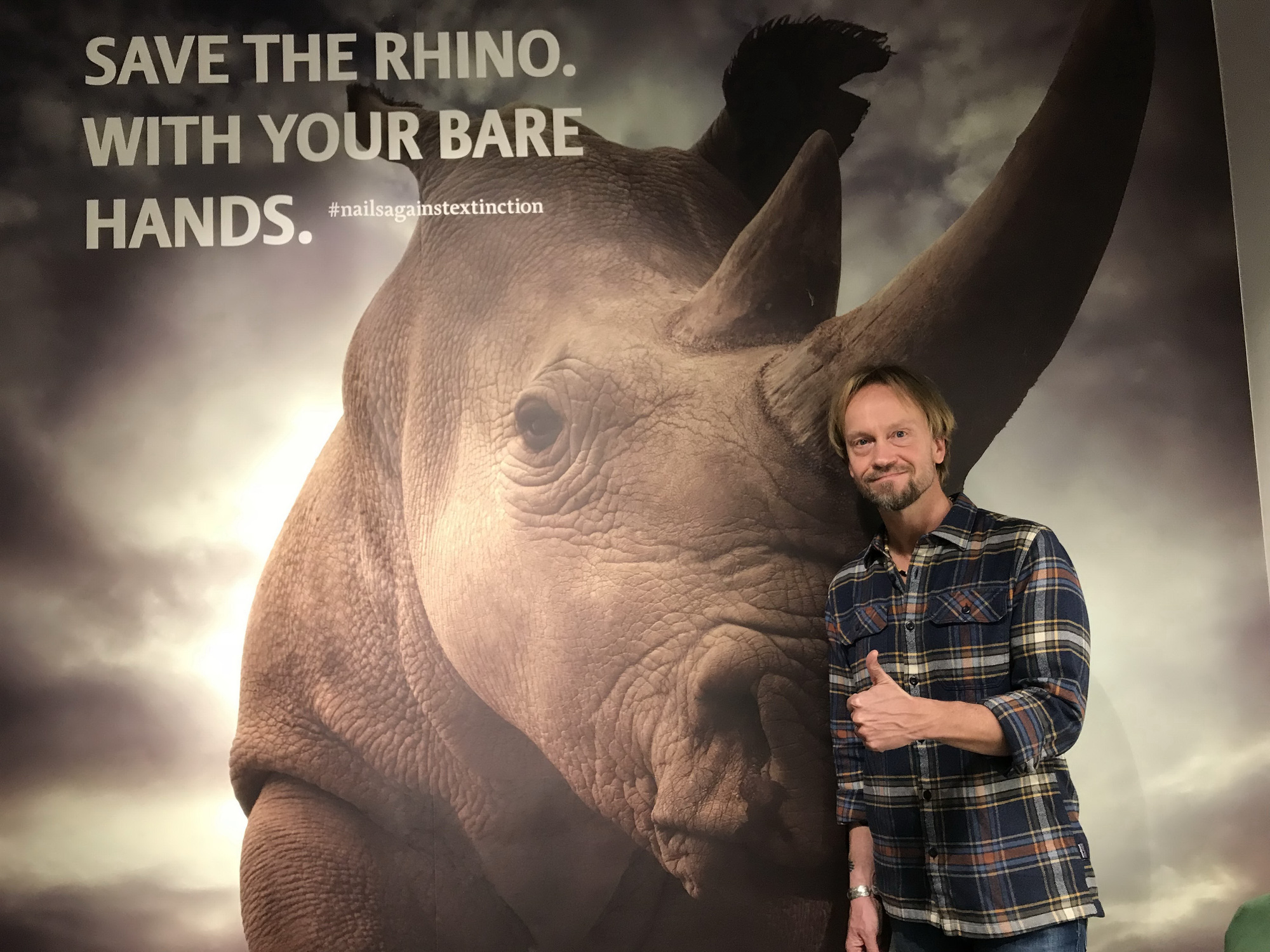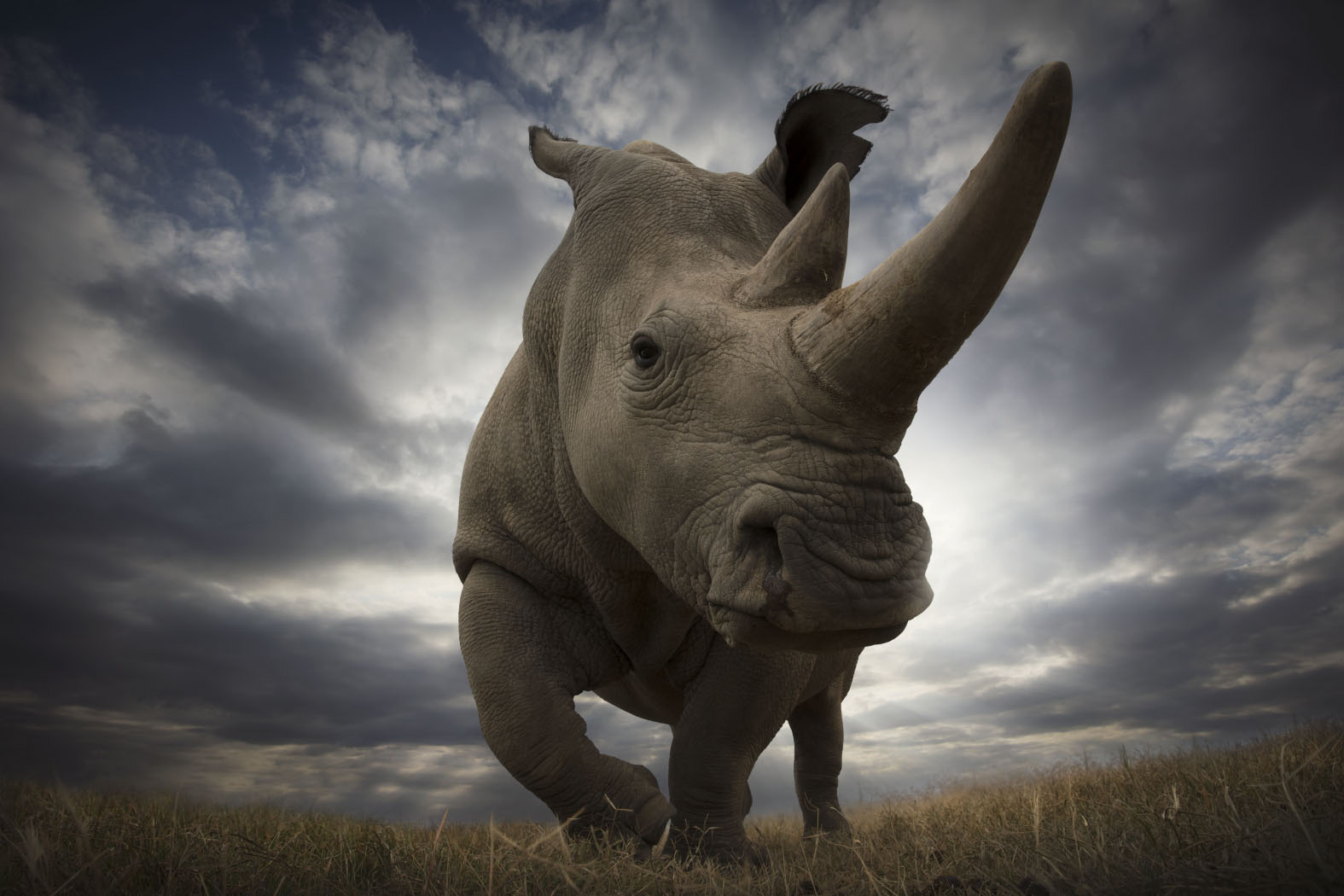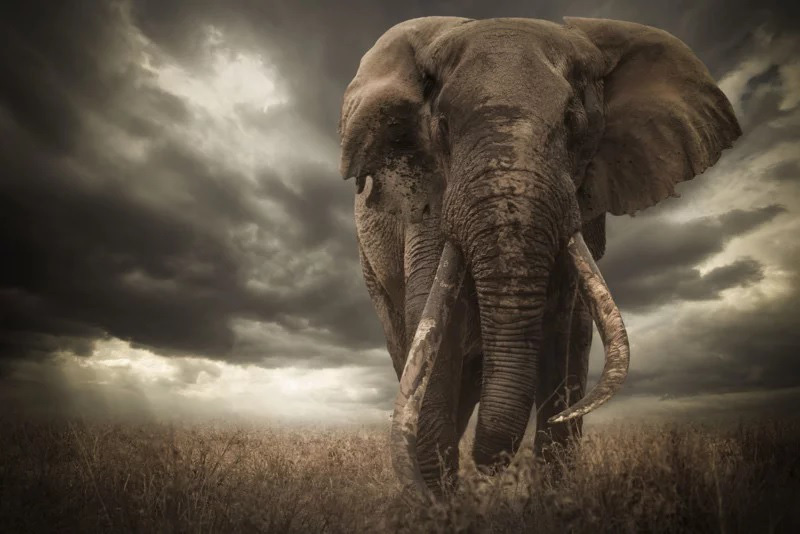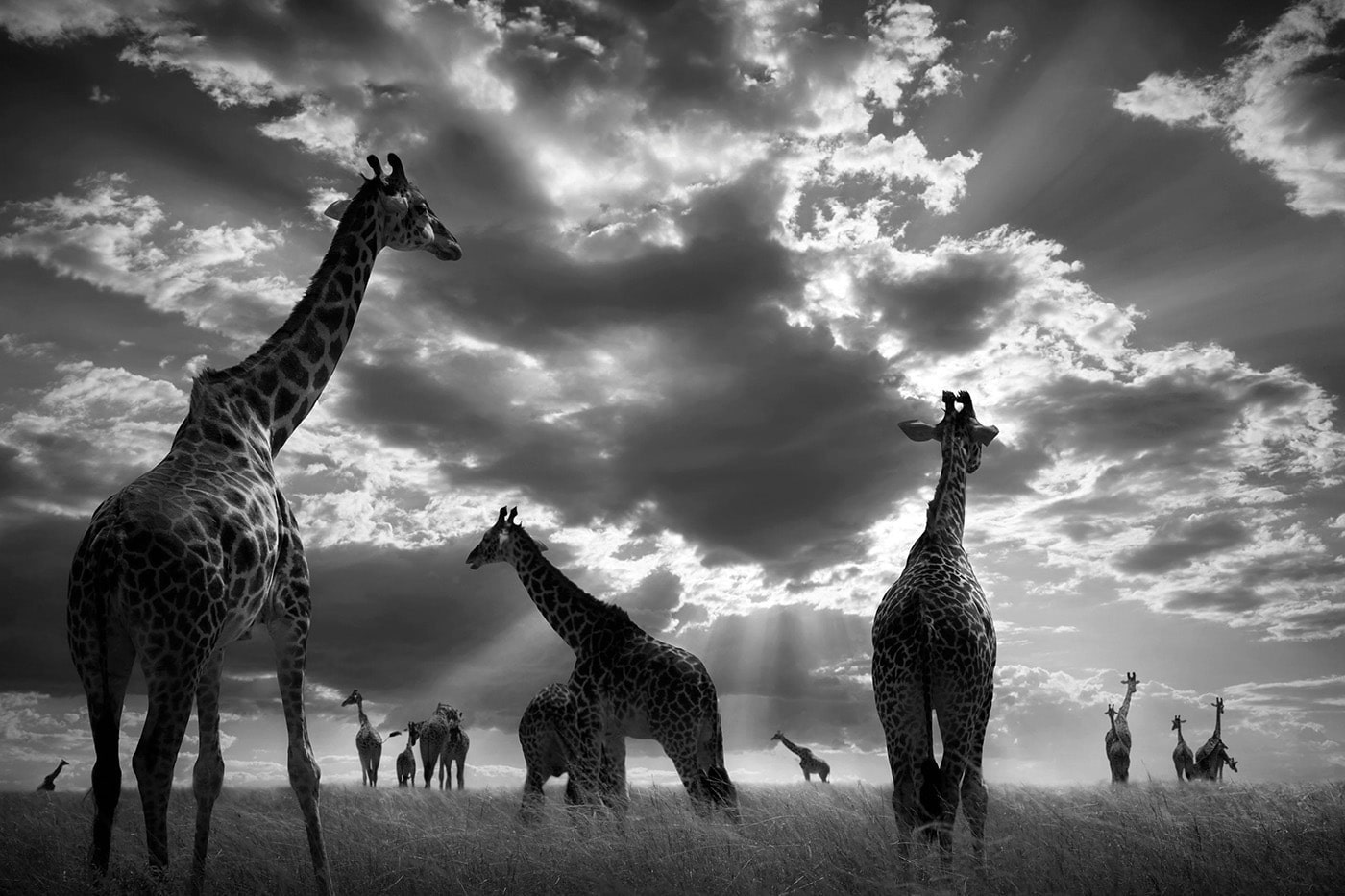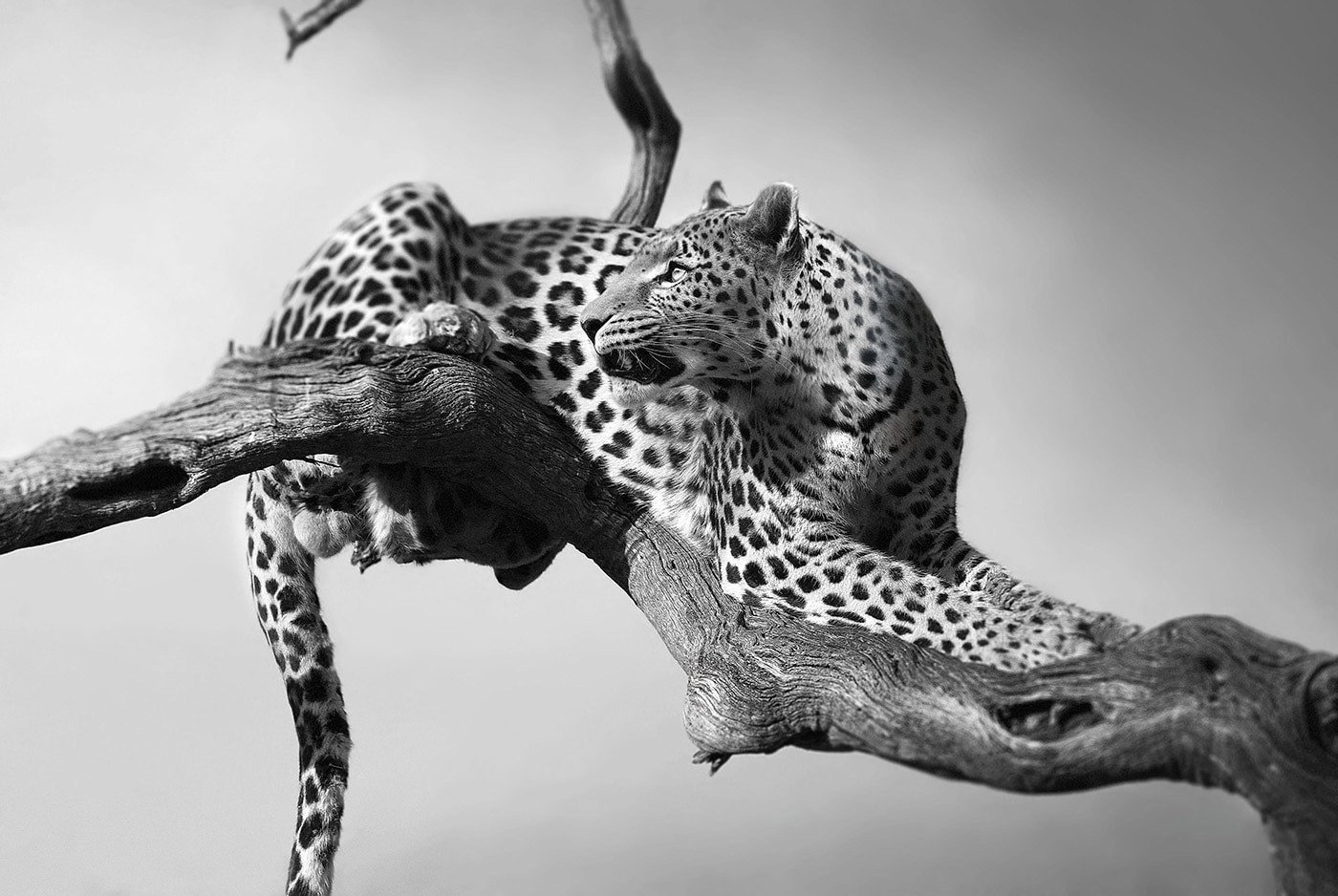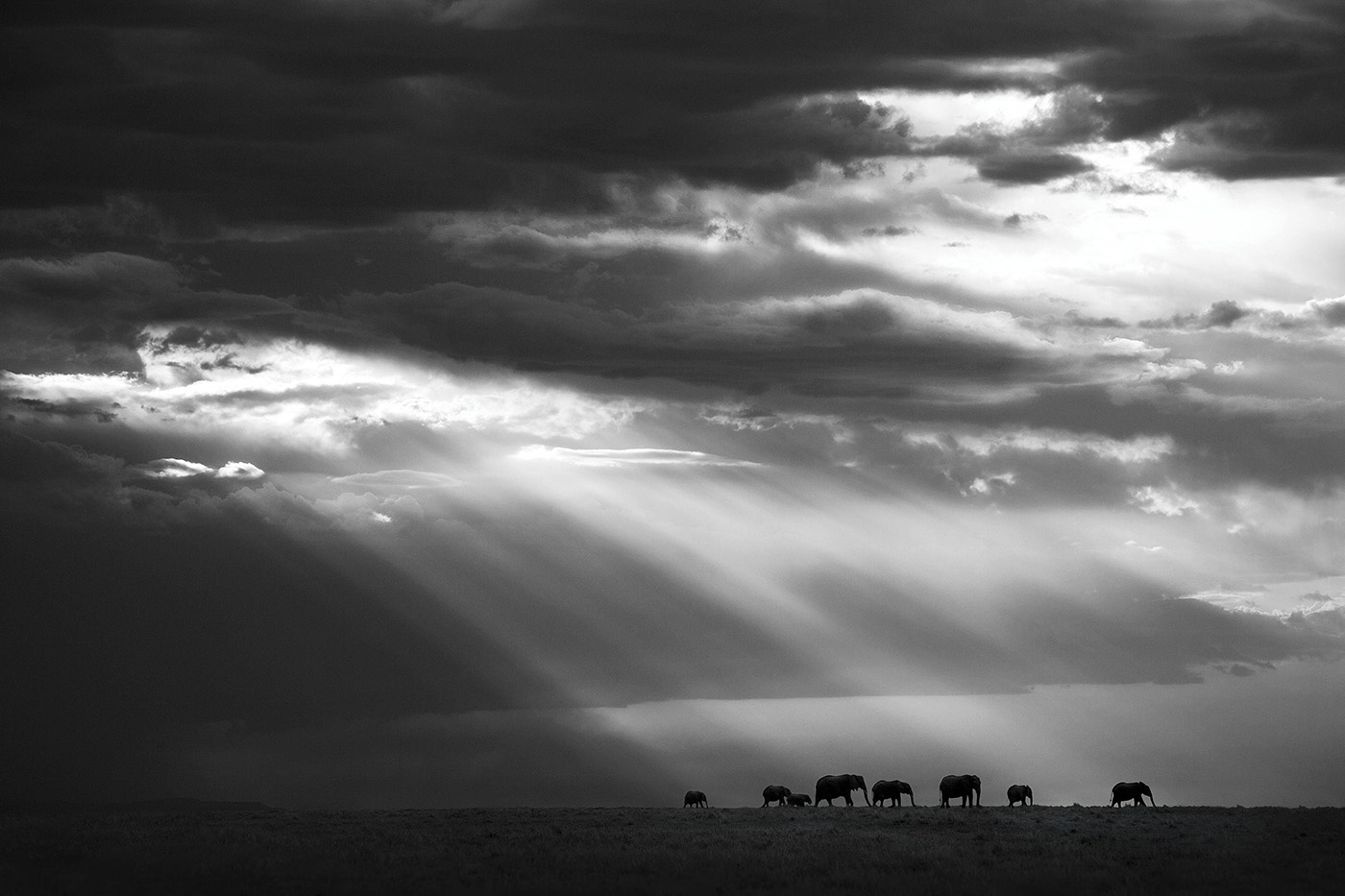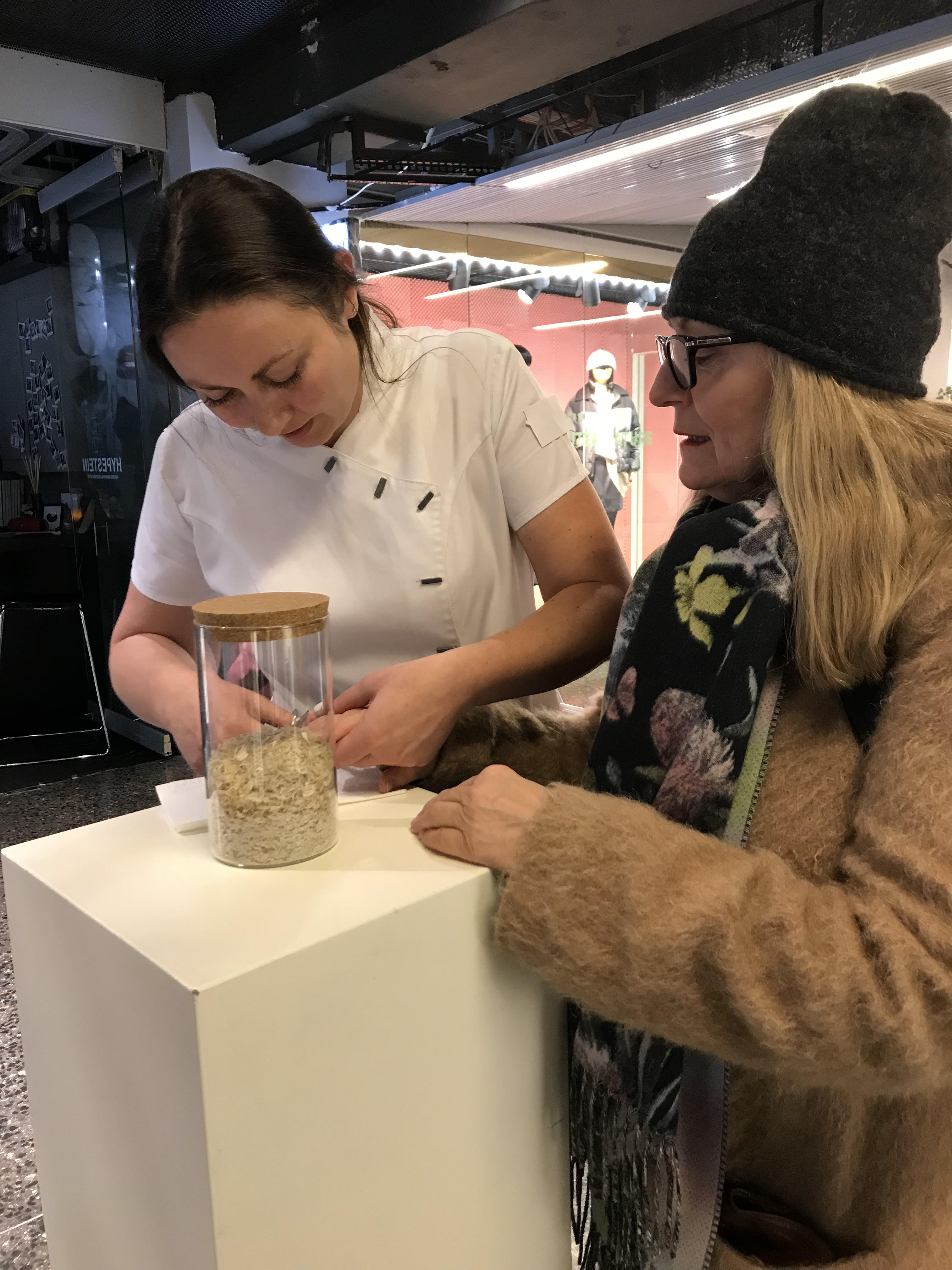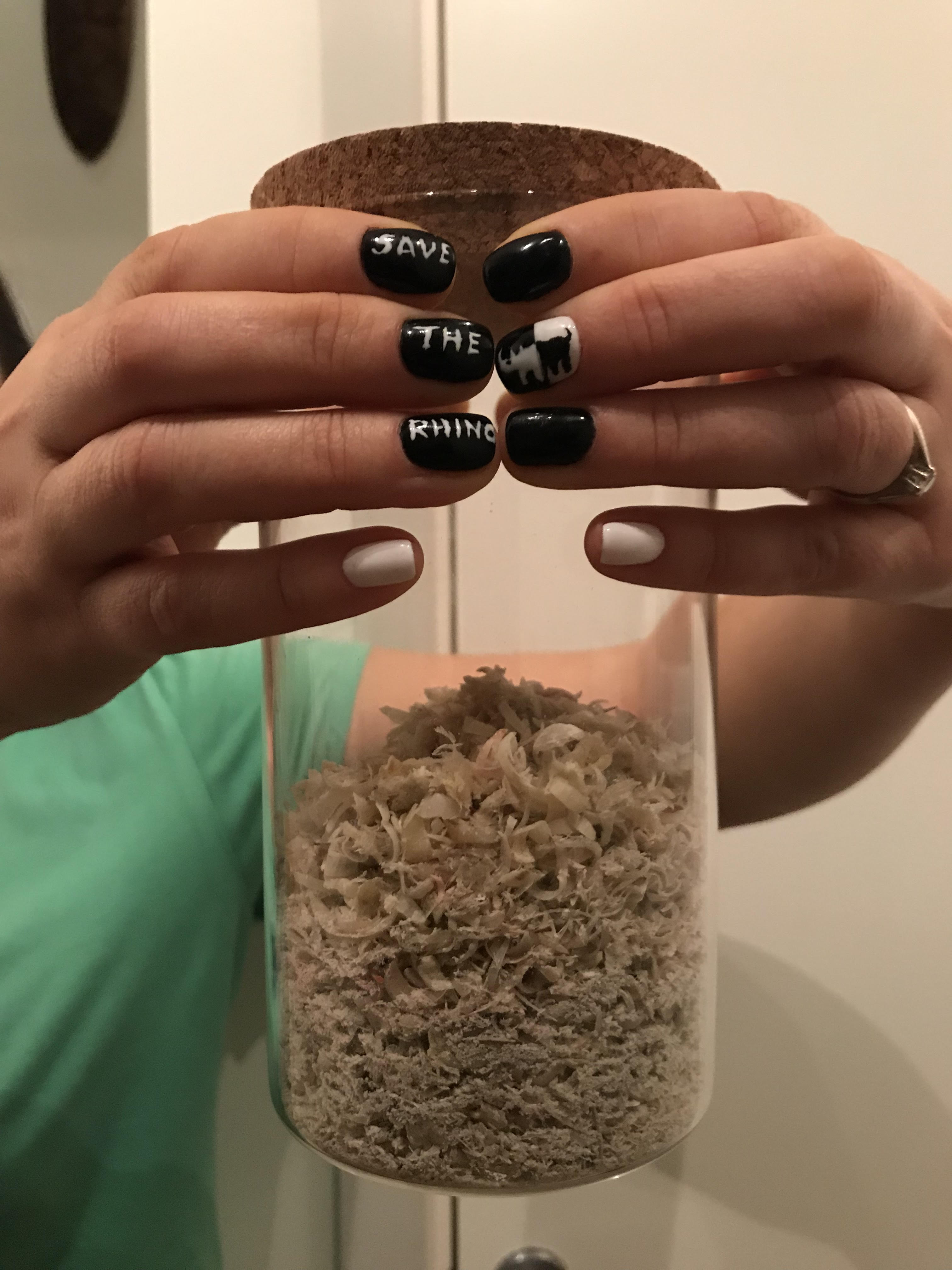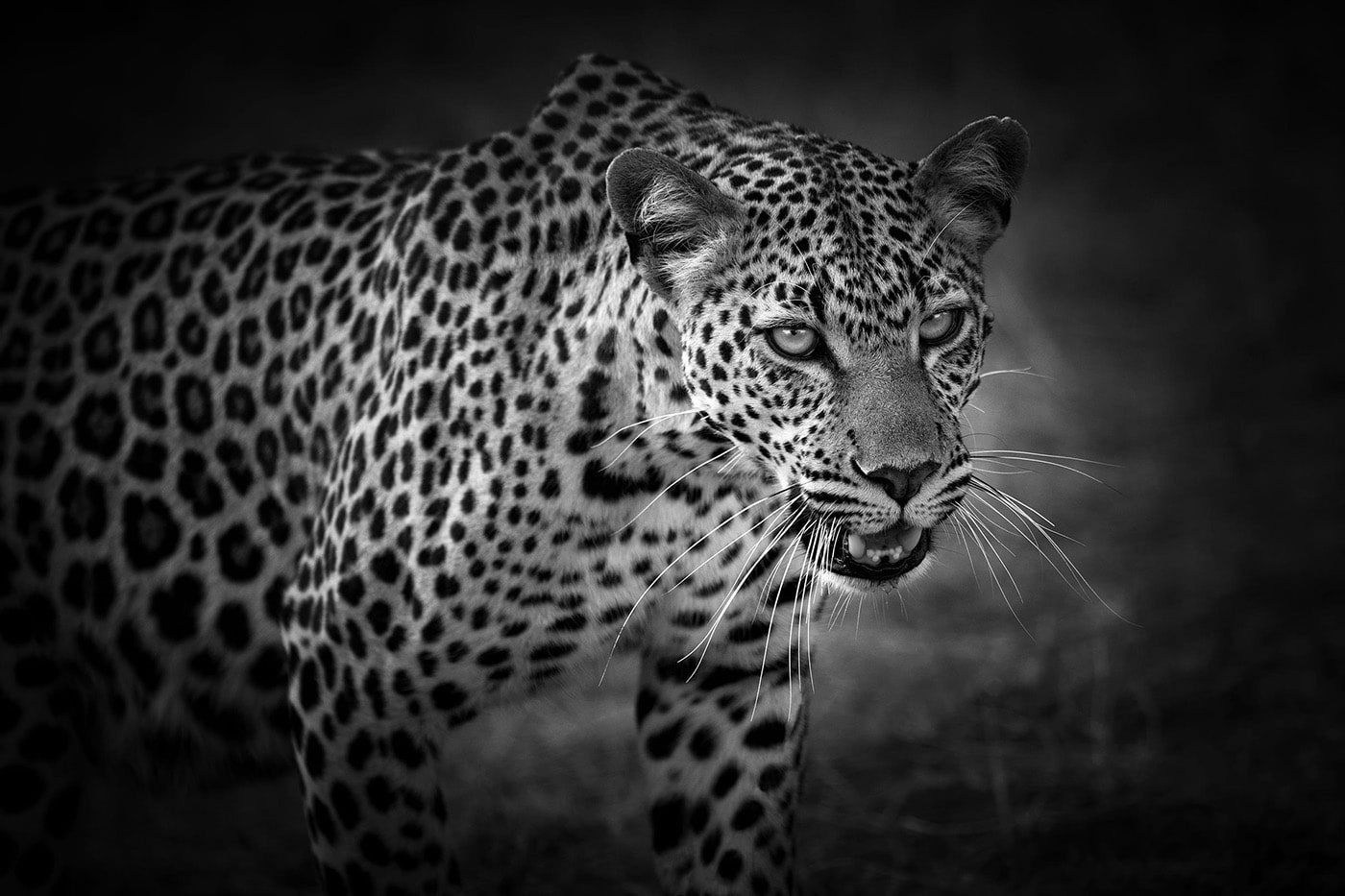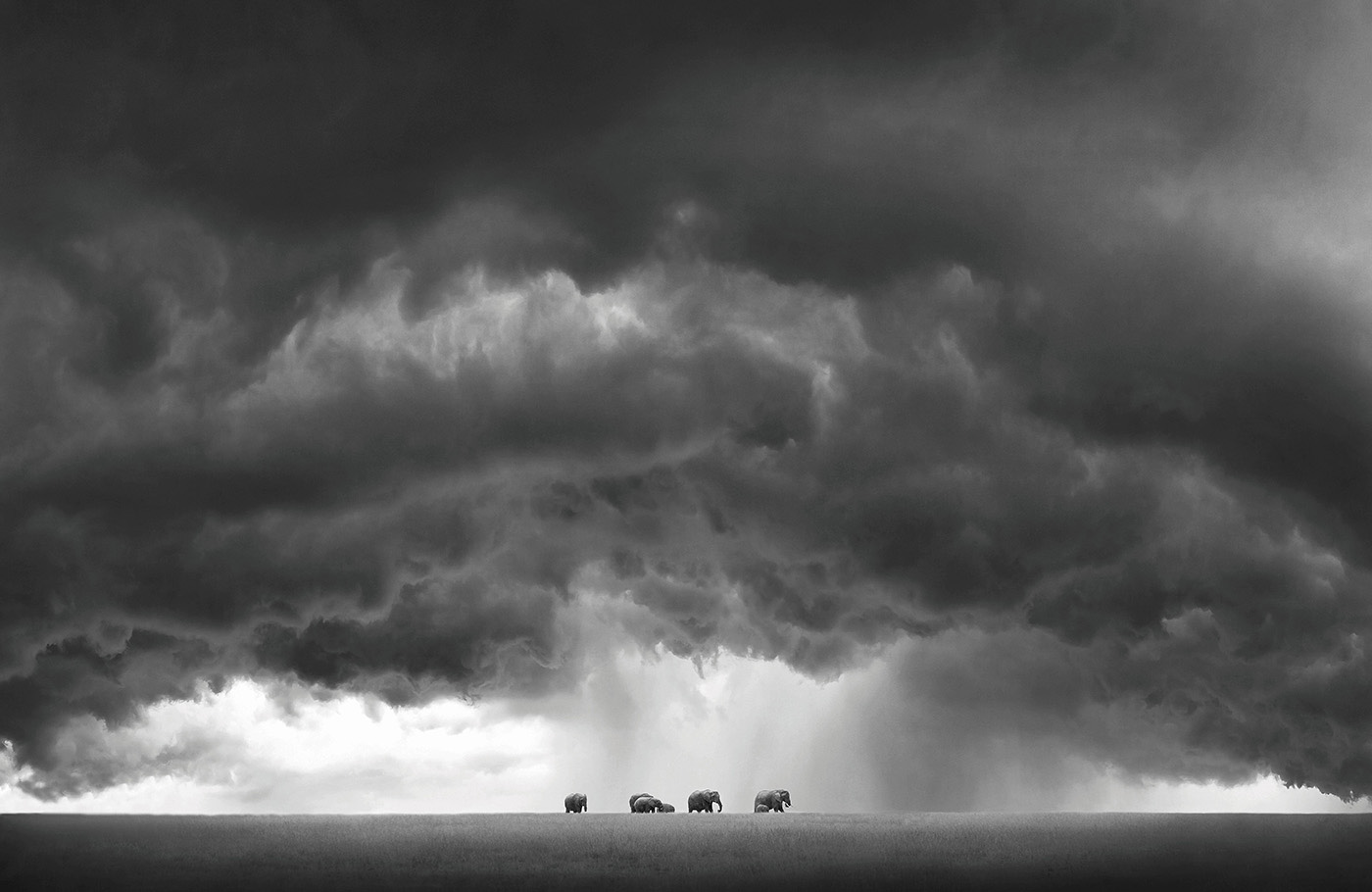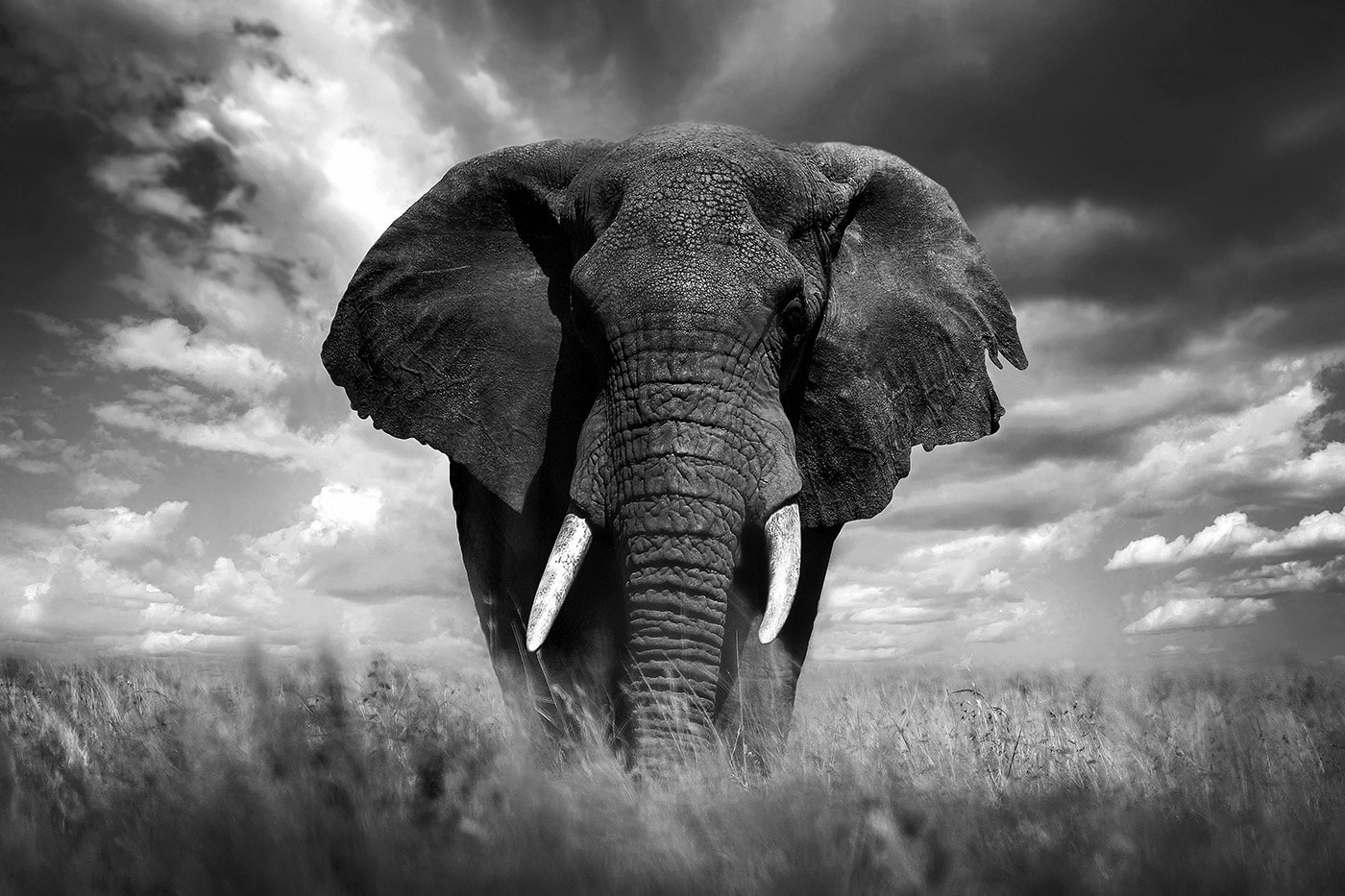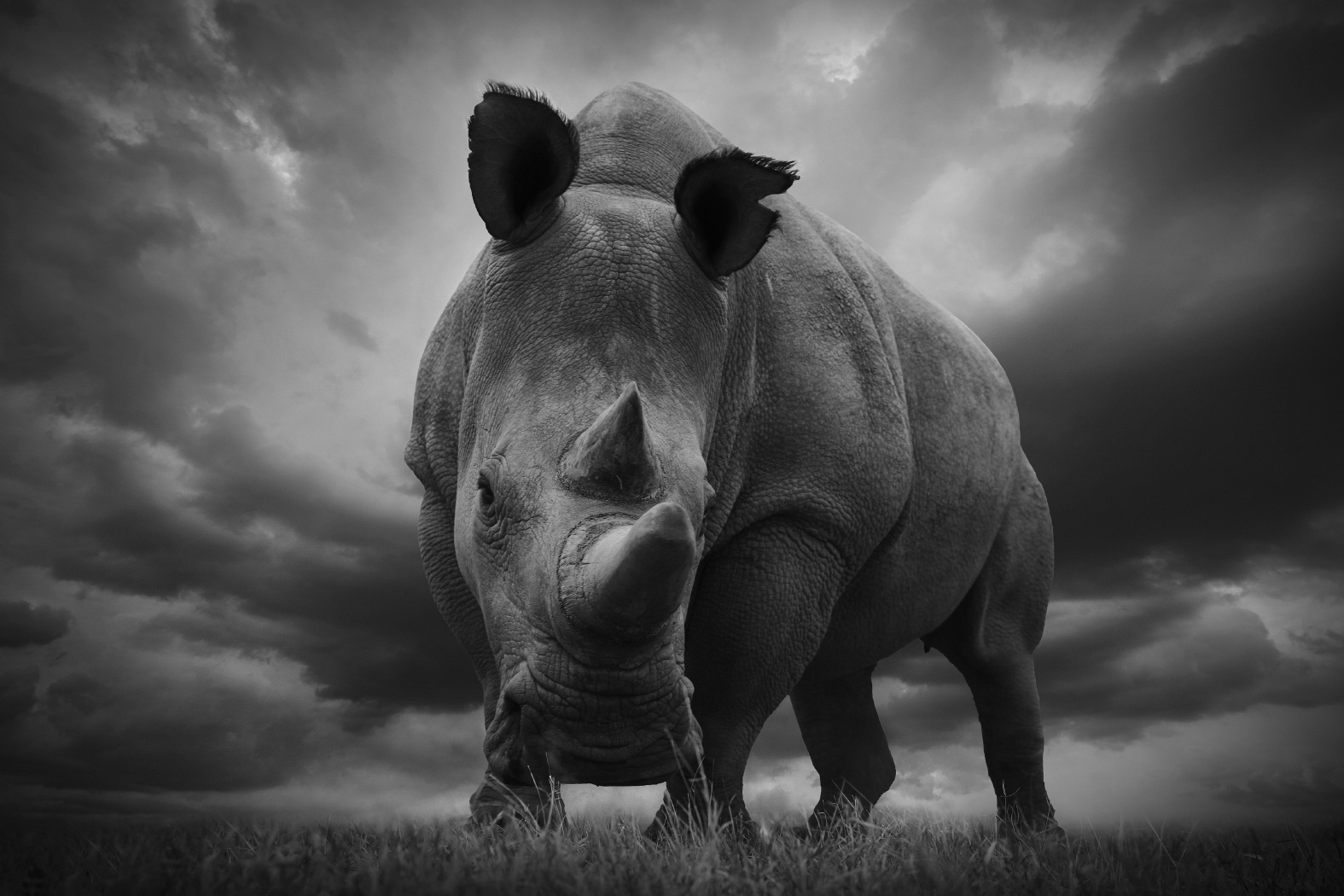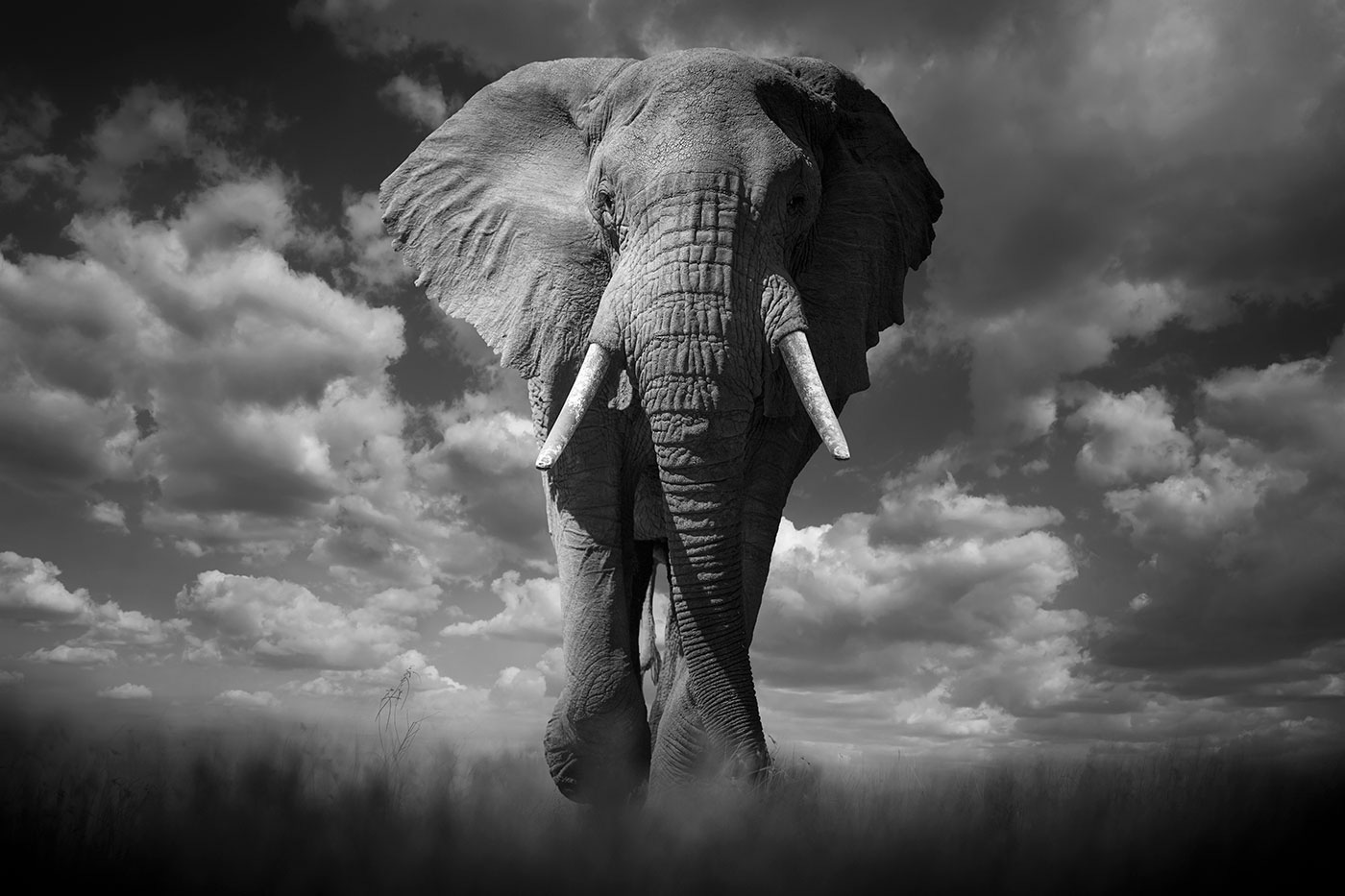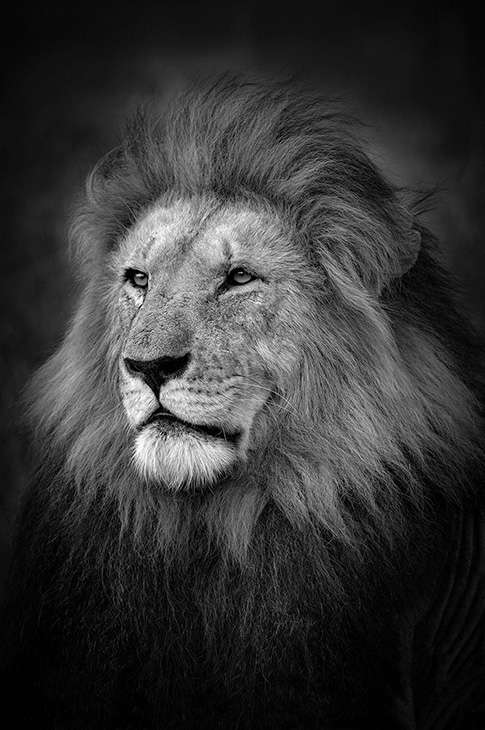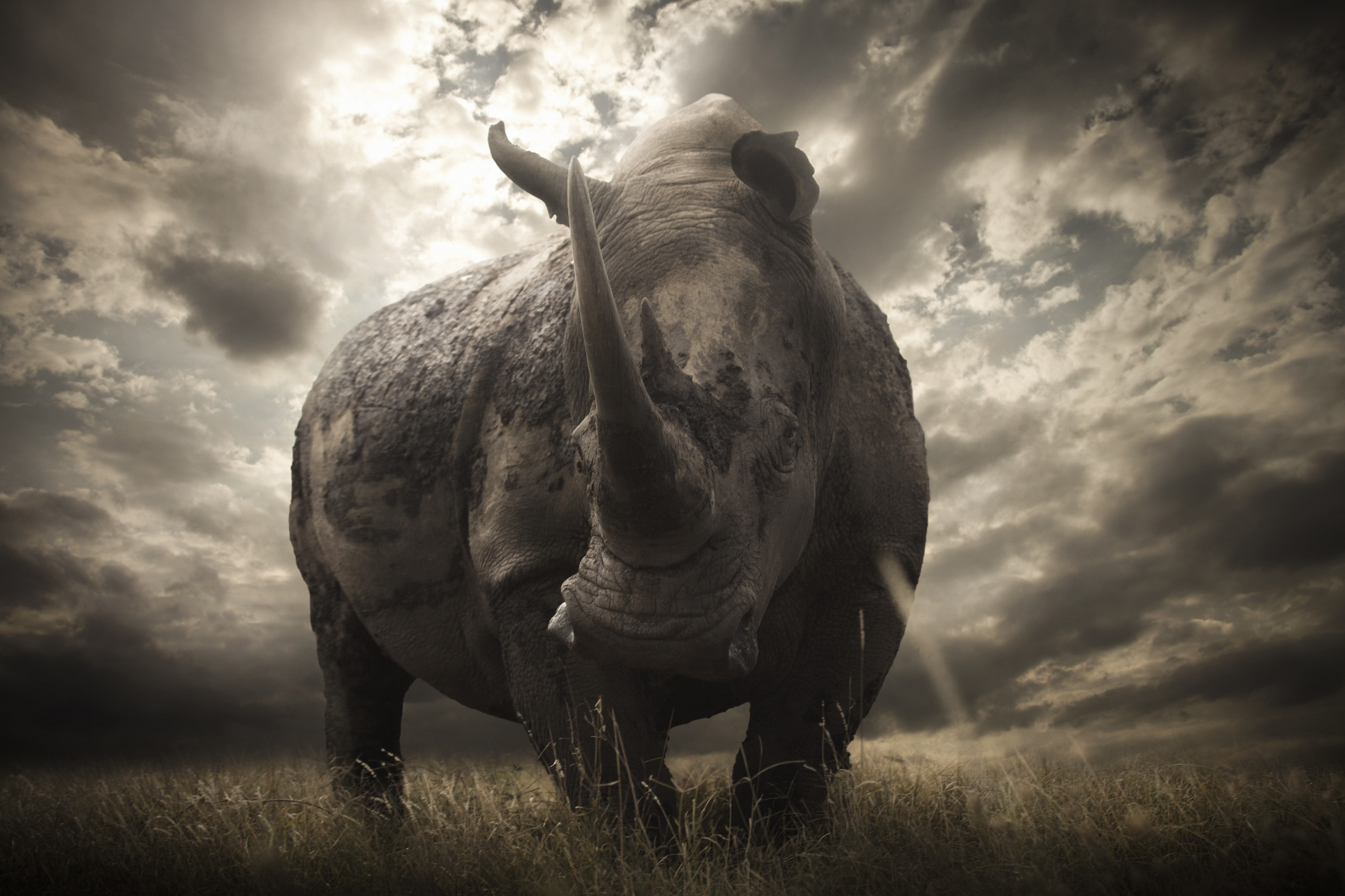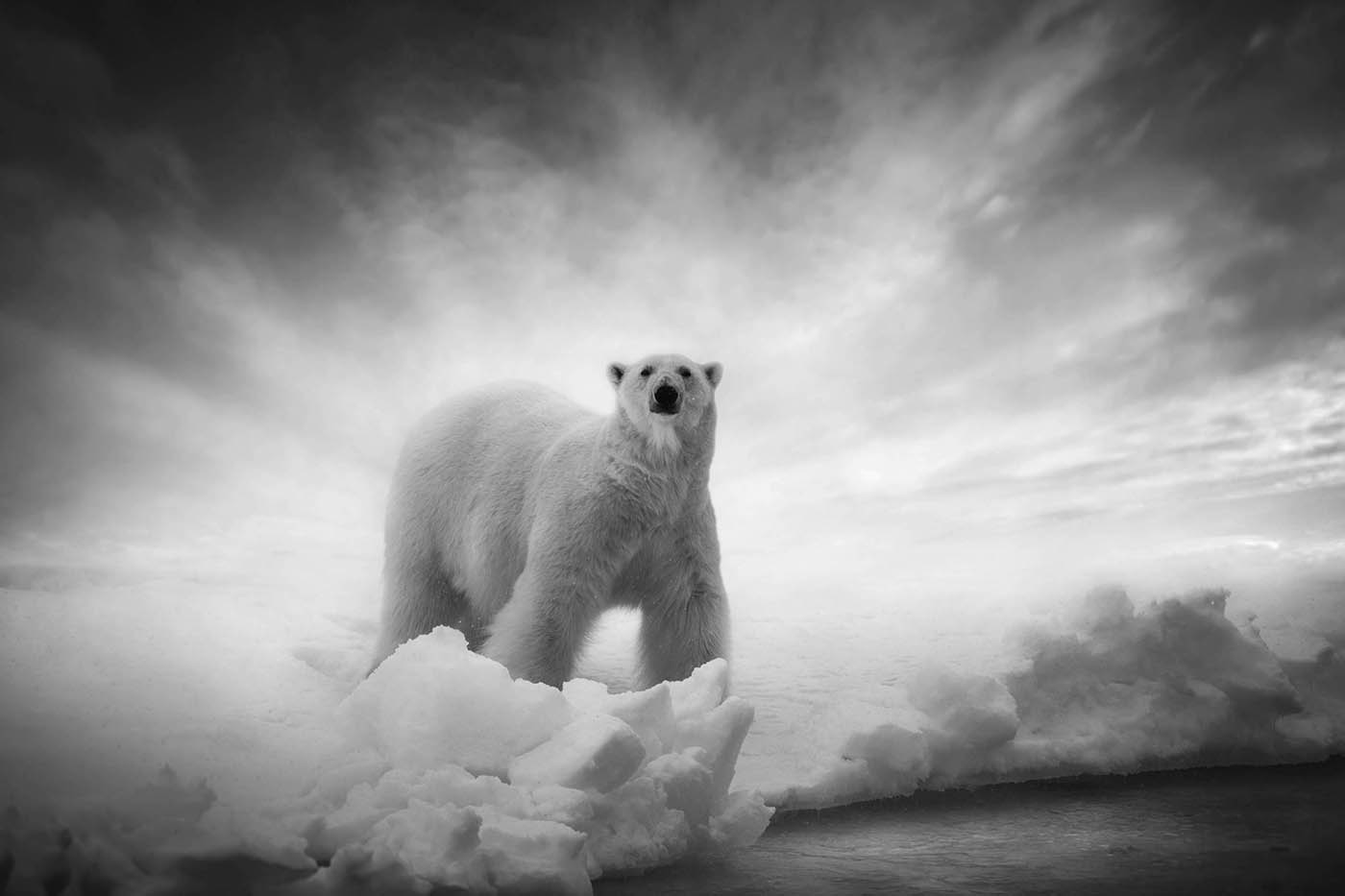Swedish wildlife photographer Bjorn Persson spoke with Tuoi Tre News on his deep-rooted passion for the art, his admiration for animals he considers “the real owners of the planet,” and his plan to fight poaching with human nails.
Persson, who has spent more than 20 years photographing wild animals in the African wilderness, expressed his belief that helping people appreciate the beauty of wildlife, rather than scaring them with gruesome photos of slaughtered animals, would inspire more to engage in conservation efforts.
A decorated photographer, Persson said his days of eagerness to win awards are past him now that he finds more meaning in capturing photos that speak his heart rather than following “winning” formulas.
He believes Vietnamese people must be at the center of efforts to fight poaching, as only they can put an end to demand for so-called ‘medicines’ made from wild animal parts in their own country.
|
|
| Swedish wildlife photographer Bjorn Persson at an exhibition in Stockholm, Sweden |
You have made a name for yourself as a photographer with a special knack for nature and wildlife photography. When did it all begin?
I started out in wildlife conservation and worked with anti-poaching officers in Africa. That’s where I found my passion for animals. Working so close to them made me realize how sentient, aware, and empathetic they are.
In a way, animals are just like humans in their social needs, such as tenderness and safety, as well as their ability to grieve and feel pain. The only way they differ from us is that they don't have a voice. Because of that, we tend to treat them as our inferiors.
I was in my early 20's when I went to South Africa for my wildlife training. At the animal rehab center, I took care of animals wounded by humans with snares, traps and poison. That’s when I decided I wanted to do more than just help animals that were already hurt, so I joined an anti-poaching unit where my job was to patrol parks to relocate traps and stop poachers from killing animals. It was a very tough job and we were out 2-3 weeks at a time in the bush where we slept under the stars. But it was also very rewarding. I learned so much about wildlife and their behavior. Most animals are afraid of people. It's not like you see on television documentaries. The last thing they want to do is attack. Even when you approach a lion on foot, the first thing it will do is run.
I have always been very close to nature. When I was a child I dreamt of being the next Tarzan. I think my love for the wild came from my lust to discover more, rather than settle for the rigid and boxed way many people live their lives. Unfortunately, man's relationship to nature and our true origin only seems to be growing more and more distant.
I have a huge amount of respect and love for animals and try to portray them as the reflective, sentient beings they really are. I think the poetic and emotional feelings in my photographs come from my very deep passion for photographing animals. The first lesson in photography is to truly love and understand the subject you’re trying to portray.
|
|
| A rhino in Africa. Photo: Bjorn Persson |
You must have interesting stories to tell from all these years traveling across Africa to photograph wild animals, right?
When I photographed snow leopards in the Indian Himalayas, I spent two weeks in a tent at 4,000 meters above sea level in temperatures as low as -30 degrees Celsius. The snow leopard is one of the most elusive animals on the planet. Even if you are really lucky, you might only get to see one through a telescope while it’s patrolling high up on a mountain ridge.
But I was very lucky. I left the group I was with and hiked to a valley where I suspected I would see one on my own. And I was right! Just a few hours later I spotted my first snow leopard, and it was really close! It was hunting a herd of blue sheep and by the time it was done it was just 100 meters away from where I had set myself up. It noticed me and stared right into my eyes. It was probably the biggest moment of my life.
After a while, I had to put my camera down just to enjoy the moment. I think my background in wildlife conservation has helped me so much in my photography. Because of my knowledge of animal behavior, I'm good at understanding nature and getting in position one step ahead.
|
|
| An African elephant in Kenya. Photo: Bjorn Persson |
What’s the most challenging aspect of your job? Is it the danger?
The most difficult thing is that so many factors have to be perfect for a photo to work. The composition, the technical qualities, the sharpness, the uniqueness... the list goes on. If one of those factors fails, the whole photo fails. I guess I'm very tough on myself and see mistakes others don't.
Of course, in the field, there is constant danger. You have to have an enormous amount of respect and good judgment to photograph wild animals. But to me, the most challenging thing is patience. Sometimes wildlife photography can be a very lonely thing. It can take hours of endless waiting just for one good shot. Photography is an enduring job that takes a lot of patience and work, so you often need plenty of time to get the right shot.
In the beginning I was very eager to win awards, but nowadays I hardly even compete. I find it very strange to compete in art. To me, the issue with photography awards is that they make you think more about how to take a ‘winning’ photo rather a photo of what you truly believe in.
|
|
| A tower of giraffes in Kenya. Photo: Bjorn Persson |
When did you first start paying attention to the plight of certain endangered species, particularly the rhino and its battle against extinction?
These issues first captured my attention 20 years ago when I worked in wildlife conservation and anti-poaching. That’s when I was first exposed to the terrible amount of suffering we cause animals. That's also when I decided to put down my gun and pick up a camera. Instead of just protecting animals, I wanted to begin raising global awareness.
I saw so many animals suffering from terrible wounds caused by humans, such as from snares, traps and poisoning. It was very frustrating to experience and shaped me, as a human being, into a warrior for wildlife.
But I also felt it was important not to show such terrible things in my photography. I think people reject bad things because they can be too overwhelming and negative to accept. That's why I always try to portray an animal's beauty instead. In that way, I hope people can find the inspiration and become engaged enough to realize the incredible beauty of animals and how important it is to help save them.
|
|
| A jaguar. Photo: Bjorn Persson |
Can you be more specific about what you have done to protect them and your future plans to continue supporting their conservation?
Through sales and charity auctions I have donated substantial amounts directly towards wildlife conservation. Through my photo, I’m able to increase awareness of the animals’ situation. But instead of showing slaughtered elephants and rhinos, I show people the incredible beauty of these magnificent beings in the hope of inspiring them to engage, rather than scare them and make them feel hopeless.
In the future, I will continue my work and mission in the same way. One thing I’d like to do is make a move into films and documentaries. No other form of media is able to make such an emotional impact and I would love to tell my story that way.
The hardest thing to deal with is people's ignorance. Even though so many animals are becoming extinct and the planet is facing so many challenges, many people continue on with their lives as if they aren’t bothered, as if this planet’s wildlife and nature is the least of their problems.
My view is that it’s the opposite. The question of [how to protect] nature and the environment is the biggest challenge facing mankind. If nature and wildlife are gone, we will be gone. We are all part of the same ecosystem and what we hurt will hurt us back.
|
|
| A photo taken in Kenya. Photo: Bjorn Persson |
Is the Here Forever Foundation and its Nails Against Extinction campaign your initiative?
Yes, the project is my initiative. Recently I started the Here Forever Foundation with an aim to spread awareness of animal endangerment and inspire people to take action, rather than simply donate money. #NailsAgainstExtinction is our first campaign. For this campaign, we chose to focus on rhinos. More than 10,000 rhinos have been killed in the last few years, and for nothing. These rhinos are killed for a substance in their horns which is used in many traditional medicines, but it’s the exact same substance that is in our nails – keratin.
We want to highlight this by asking people to cut and donate their nails. The nails are then put on the black market as a substitute for rhino horn medicine. The end goal is for consumers to realize this and see just how disgusting it is so that no more rhinos have to be killed. We also hope this campaign increases awareness of the completely meaningless extinction going on and creates a debate and opposition to the practice.
|
|
| People donate fingernails for the Nails Against Extinction campaign in Stockholm, Sweden in this photo provided by Bjorn Persson. |
Today, people from all over the world are sending in their nails to contribute to the campaign. It’s incredible. Without all this support, the campaign would be nothing. The whole planet needs to react in order for a change to happen. Step by step, that is our ultimate goal.
And I'm constantly looking for more partners to help us grow. If anyone in Vietnam, either organizations or private citizens, is interested helping, they are more than welcome to contact me. Publicizing our message in Vietnam and China is the top goal on my list. These countries are the roots of the problem and the places where change really needs to happen.
|
|
| Human nails are collected by the Nails Against Extinction campaign in Stockholm, Sweden in this photo provided by Bjorn Persson. |
How can people in Vietnam take part in your campaign?
Just contact me. I’d love any help in promoting this campaign in Vietnam. Really though, the number-one thing is to raise your voice and take a strong stand against the rhino horn medicine industry in your own country. The end consumers won't listen to a foreigner telling them what's right or wrong. Only Vietnamese people have the true power to affect those who still buy these completely worthless so-called ‘medicines’ and contribute to the extinction of one of the world’s most beautiful animals.
I know things won't change in a day. The belief in traditional medicine is deeply rooted in cultural beliefs that go back thousands of years. At the very least, I hope to increase opposition [to these practices] and create more debate. By attacking the problem in so many different ways, sooner or later, I believe we will see the end of this meaningless slaughter.
Thank you.
|
|
| A jaguar. Photo: Bjorn Persson |
|
|
| A photo taken in Kenya. Photo: Bjorn Persson |
|
|
| An African elephant in Kenya. Photo: Bjorn Persson |
|
|
| A rhino in Africa. Photo: Bjorn Persson |
|
|
| An African elephant in Kenya. Photo: Bjorn Persson |
|
|
| A lion in Kenya. Photo: Bjorn Persson |
|
|
| A rhino in Africa. Photo: Bjorn Persson |
|
|
| A polar bear. Photo: Bjorn Persson |
Like us on Facebook or follow us on Twitter to get the latest news about Vietnam!




